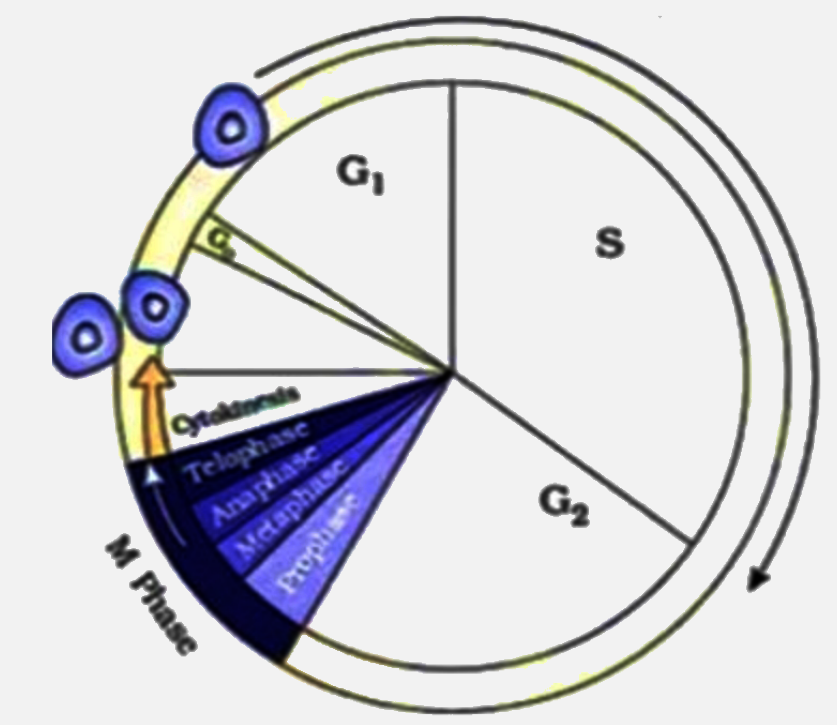Which of the following properties are not seen in Funaria ?
I. They have unicellular rhizoids .
II. The gametophytic phase of the life cycle includes Protonema and leafy stage
IV. sporophyte consists of root , stem, and leaves.
I and II
I and IV
II and III
I and III
The correct Answer is:B
To determine which properties are not seen in Funaria, we will analyze each statement provided in the question.
1. Understanding Funaria: Funaria is a genus of mosses, which are classified under bryophytes. Bryophytes are known for their unique life cycle and structure.
2. Analyzing Statement I: "They have unicellular rhizoids."
- Funaria has multicellular and branched rhizoids, not unicellular rhizoids. Therefore, this statement is false.
3. Analyzing Statement II: "The gametophytic phase of the life cycle includes Protonema and leafy stage."
- In Funaria, the gametophytic phase indeed includes both the protonema (which develops from spores) and the leafy stage (which develops from the protonema). Thus, this statement is true.
4. Analyzing Statement III: "Sporophyte consists of root, stem, and leaves."
- In Funaria, the sporophyte does not have true roots, stems, or leaves. Instead, it consists of a foot, a seta (stalk), and a capsule. Therefore, this statement is false.
5. Conclusion: The properties that are not seen in Funaria are:
- Statement I: They have unicellular rhizoids (False)
- Statement III: Sporophyte consists of root, stem, and leaves (False)
Thus, the properties that are not seen in Funaria are Statements I and III.
Final Answer:
The properties not seen in Funaria are I and III.
---
- Funaria has multicellular and branched rhizoids, not unicellular rhizoids. Therefore, this statement is false.
- In Funaria, the gametophytic phase indeed includes both the protonema (which develops from spores) and the leafy stage (which develops from the protonema). Thus, this statement is true.
- In Funaria, the sporophyte does not have true roots, stems, or leaves. Instead, it consists of a foot, a seta (stalk), and a capsule. Therefore, this statement is false.
- Statement I: They have unicellular rhizoids (False)
- Statement III: Sporophyte consists of root, stem, and leaves (False)
The properties not seen in Funaria are I and III.
Similar Questions
Which of the following statements are correct regarding Deuteromycetes?
I. Deuteromycetes are called perfect fungi.
II. Members of Deutermycetes mycetes were often moved to ascomycetes or basidiomycetes once their sexual stages were studied.
III. Large number of (No Suggestions) are decomposers that help in nutrient cycling.
IV. Their mycelium is aseptate and unbranched.
View SolutionRead the following properties. Which of these are seen in mango as well as coconut ?
I. The fruit is called a drupe.
II. The fruit is developed from superior ovaries.
III. The fruit is one - seeded
IV . The middle layer of the fruit wall is edible .
View Solution
Knowledge Check
Which of the following statements is/are incorrect ?
(i) The liver fluke, a parasite, depends on intermediate hosts (a snail) to complete its life cycle.
(ii) The malarial parasite needs a vector (mosquito) to spread to other host organisms.
(iii) In case of brood parasitism, the eggs of parasitic birds are not detected and removed from the nest because the parasite's eggs resemble the host's eggs in morphology and colour.
(iv) A population of frogs protected from all predators would increase indefinitely.A(i) and (iv)B(iii) and (iv)COnly (i)DNone of theseInterstitial compounds are formed when small atoms are trapped inside the crystal lattice of metals. Which of the following are not characteristic properties of interstitial compounds?
I. They have high melting points in comparison to pure metals.
II. They are very hard.
III.They retain there metallic conductivity IV. They are chemically reactiveAIBIICIII.DIV
Which of the following are incorrect as a criterion for the essentiality of an element .
i. If the concerned element is deficient another element can fulfil the need of it
ii. The plants would complete their life cycle irrespective of the absence of deficiency of the elements.
iii. The elements have indirect involvement in the metabolism of plants .
iv.The elements must be absolutely necessary for supporting normal growth and reproduction.
(a) i ,ii ,iii ,iv
(b) i,ii
(c) i, ii, iii
(d) ii , iii
View SolutionInterstitial compounds are formed when small atoms are trapped inside the crystal lattice of metals. Which of the following is not the characteristic properties of interstitial compounds?
I. They have high melting points in comparison to pure metals.
II. They are very hard.
III. They retain metallic conductivity.
IV. They are chemically very reactive.
View SolutionInterstitial compounds are formed when small atoms are trapped inside the crystal lattice of metals. Which of the following are the characteristic properties of interstitial compounds?
I. They have high melting points in comparison to pure metals.
II. They are very hard.
III. They retain metallic conductivity.
IV. They are chemically very reactive.
View SolutionWhich of the following statements is/are incorrect regarding roots?
(i) In Rhizophora, pneumatophores are found.
(ii) Tap roots of carrot, turnip and adventitious roots of sweet potato, get swollen and store food.
(iii) The stems of maize and sugarcane have supporting prop roots coming out of the lower nodes of the stem.
View SolutionWhich of the following correctly related with given diagram ?

(i) sequence of cell cycle = G1−S−G2−M phase
(ii) A cell exit G1 phase to enter an inactive stage - Quiescent stage or G0
(iii) G1 phase is the interval between mitosis and Initiation of DNA replication .
(iv) In G1 phase DNA synthesis occurs.
View SolutionWhich of the following characteristics are associated with halophyte plants?
I. Presence of pneumatophores
II. Leaves and stem have hairy and waxy covering
III. Shows viviparous germination
IV. Leaves show heterophylly
View Solution
